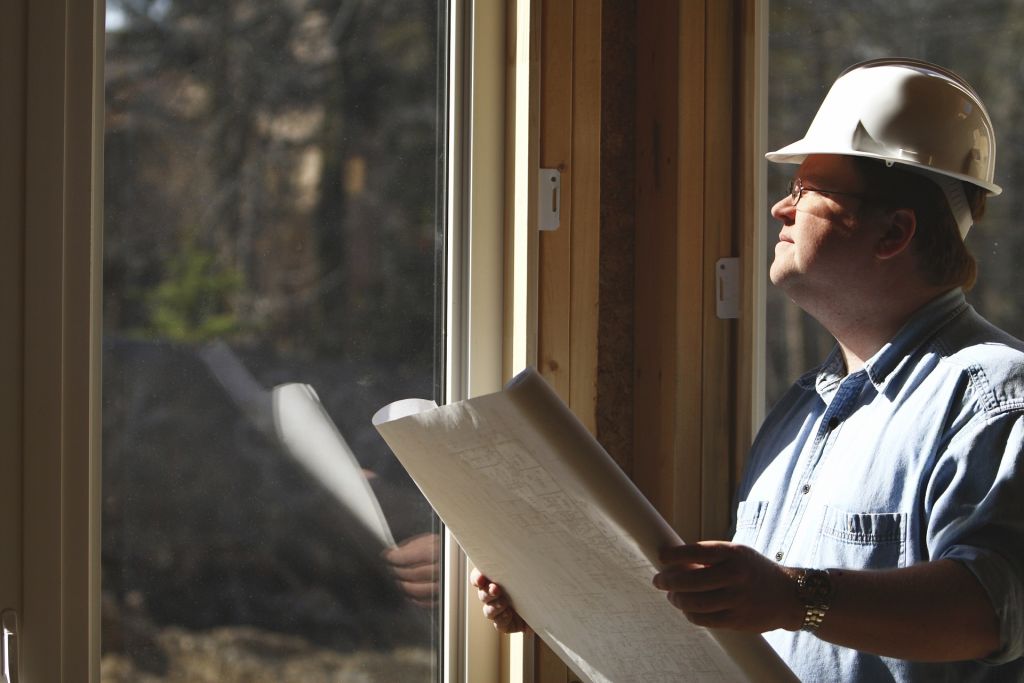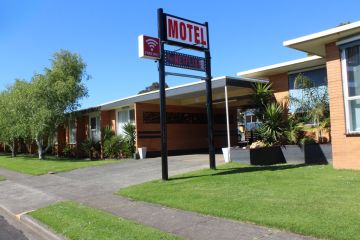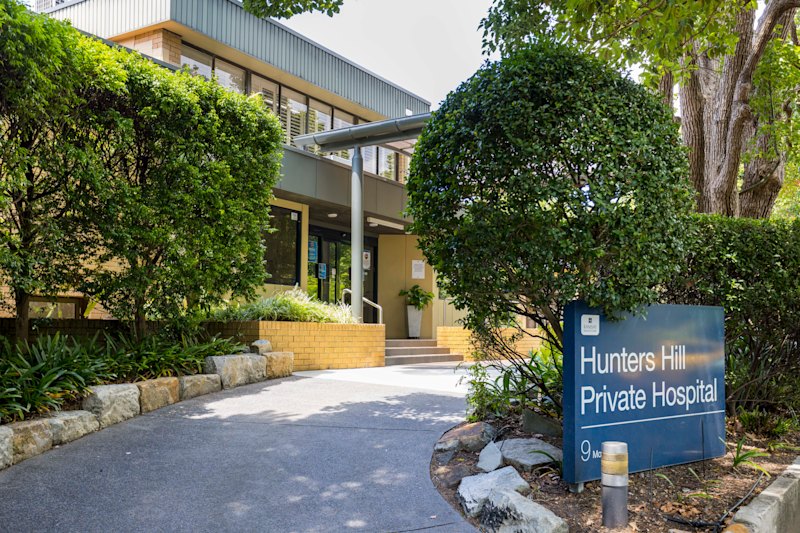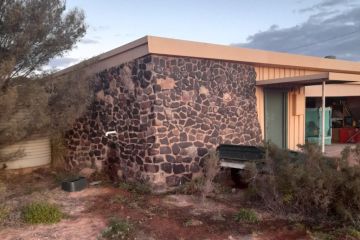How much do building inspections cost?

A pre-purchase building inspection conducted by a qualified inspector can provide home buyers with a number of invaluable insights. For example, it will:
- Unearth potentially expensive or dangerous building defects
- Evaluate the building’s ability to cope with local environmental issues
- Provide peace of mind that the property purchase is a sound investment
- Determine whether there is a guarantee of title or any financial or legal encumbrance hanging over the property; for example, where a property has been mortgaged by the owner or used as security against finance or debt.
To help home buyers get the most out of their pre-purchase building inspections, we spoke to Wilhelm Harnisch, CEO of Master Builders Australia to find out which inspections are required, who can conduct them and how much they cost.
What’s involved in a standard pre-purchase building inspection?
According to Wilhelm Harnisch, home buyers and investors should obtain an independent condition report even when buying a newly built property. The minimum a buyer should request when buying a newly built property is a certificate of occupancy from the builder. It is also a good idea to engage an independent builder certifier to provide a detailed report on the condition of the property.
“This is important because such a report would detect any issues, including building defects,” says Harnisch. “In some states and territories, there are time limits on when a buyer can report faults after a purchase, and using a building certifier would assist in meeting such deadlines and in accessing subsequent legal recourse should it be required.”
Engaging a building certifier is also a very good idea when buying established properties, particularly older buildings.
“The biggest mistake buyers make is to do nothing. A short-term saving achieved by forgoing such an inspection can turn into a longer-term nightmare if there are building defects, unapproved structures or legal or financial issues hanging over the property,” Harnisch explains. “Most building inspections are pre-purchase inspections. Buyers who invest in them go into a property purchase with their eyes fully open and are able to budget for subsequent costs. Buyers should also act promptly on inspection findings, as delay can potentially affect their subsequent insurance premiums.”
Inspections can detect structural defects and potential risks from future water damage. They also confirm that the building conforms to registered plans – where they don’t conform, parties such as the local council or neighbours can potentially ask for rectification.
Are there circumstances when a buyer should obtain additional building inspections?
“It sounds like a cliché but home buyers and property investors should exercise some common sense to protect themselves. In addition to any standard building certification, local environmental factors should be taken into account, such as checking for water damage in areas prone to flooding.
“Homes that were built up to 1985 should also be checked for asbestos, particularly where renovations are planned,” says Harnisch. And don’t forget pest inspections!
Who should perform a building inspection?
“There are qualified building inspectors and qualified building certifiers – and a range of other appropriately qualified people who can perform different types of inspections – but these two are probably the most practical,” Harnisch says. “People qualified to handle more specialised issues can be engaged once those issues have been detected. It’s also important to remember that you are looking for a very practical report.”
As Harnisch points out, many building inspectors and certifiers are either builders or have an in-depth knowledge of the industry, and so have the practical experience to know what to look out for. It is a good idea to use an inspector or certifier who is a member of a building association, such as Master Builders Australia. All members must adhere to the association’s code of conduct, and you can contact the association for support if you are not happy with the results.
An inspector who is familiar with the area in which you are buying will likely have the relevant knowledge about floods or other environmental issues common to the area.
How much do building inspections cost?
Many factors affect the cost of a building inspection, including the level of inspection detail requested by the buyer, the property’s location and the complexity of the structure. For example, a building of over 155 squares on a steeply sloping block would require inspection. The cost of the inspection will also be affected by whether the property is located in a regional or metropolitan area, the size of the property and whether a pest inspection is incorporated in the service.
Harnisch estimates that the cost of a pre-purchase building inspection on a standard four-bedroom home would be $400–$500 in a regional area and $800–$1000 in a metropolitan location. There may be additional charges for a building certificate and pest inspection.
Joan Lentini,President of the Australian Institute of Conveyancers Victorian Division, says: “It is recommended that the purchaser complete a full inspection of the property with a builder/inspector of their choice and the cost is around $380 upwards. It can become expensive. The other option is to make the contract subject to such building/pest inspections, but the wording of the condition should be such that it allows the purchaser to walk away even though there may not be any structural defects.”
We recommend
States
Capital Cities
Capital Cities - Rentals
Popular Areas
Allhomes
More







